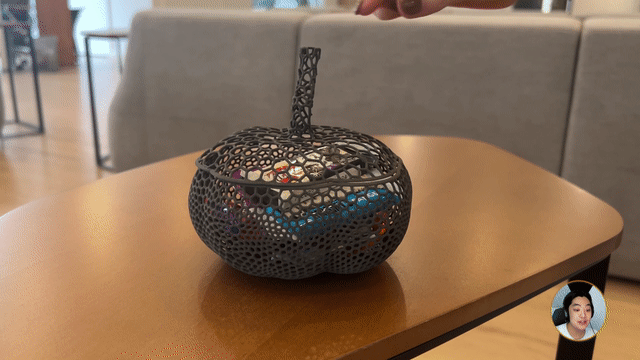Lessons learned in additive manufacturing consulting: Interview with John Barnes
Written by nTop
Published on January 7, 2020
John Barnes is the founder and managing director of The Barnes Group Advisors, an additive manufacturing engineering consultancy. He has 25+ years experience in product development in the aerospace industry. We had the opportunity to interview John and get his perspective on additive manufacturing past, present and future. He provides some great insight on the industry. Read below to get a glimpse into how he views AM.
Tell us a bit about your background and how you happened upon your career field.
My background is in Materials Engineering, having received a B.S. in Materials Engineering and an M.S. in Metallurgical Engineering from Purdue University. I always loved airplanes and wanted to be a Naval Aviator, just like Maverick in Top Gun. After researching it in high school, I learned about engineering and how materials were really holding back the designs and performance. I was hooked after that.
My first job was making jet engines and then I moved to the airframe side so the bulk of my career has been aerospace. Where I have had most success is being able to convert technical challenges/requirements into research programs to solve them, basically interpreting the scientists for management.
What has been one of your favorite projects you’ve worked on and why?
I’ve had a few. My team came up with the new lighter, lower cost design for the F-22 nose landing gear doors. That was a great project to be a part of because we went from concept to flight test in about two years, including a trip to Edwards Air Force Base in the middle of summer for a flight test. We had a team that included Skunk Works™, the F-22 Program, USAF and the suppliers. We all worked together to get the testing done to ensure we met all the requirements. It’s not an easy thing to do. It requires a team - and a good one.
After that, I’ve been involved in other very rewarding projects in AM that led to the first human heel replacement that saved a man’s leg from amputation and a horseshoe design that saved a horse named Holly whose family relied on her for income. Getting the first titanium series AM production parts approved for the Airbus A350 is a very meaningful one for me after having been in the industry for so long.
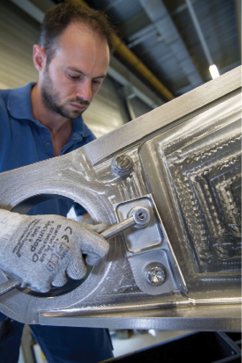
3D-printed titanium bracket installed onto a series production Airbus A350 XWB. Image source: The Barnes Group Advisors.
What has been the most pivotal shift in AM you’ve witnessed?
Currently, we're seeing a shift away from one-offs to working towards production manufacturing. The industry is having to learn about manufacturing and legacy manufacturing is having to learn about AM.
Have you noticed any common themes in companies that tend to be more innovative and forward-thinking?
I tend to migrate to companies who are curious and collaborative with a degree of focus. It’s a fine line to have to walk. I tend to feel arrogance has no place in innovation because it’s all about the ecosystem or the tapestry. In innovation, we are just threads that weave together to form something stronger. Innovation is a system not a single company or part.
What are some of the biggest objections to AM that you hear? How do you respond to them?
There are few that I find to be quite valid. One that I often hear is that an engineer is being told to, “check out and find an AM part to make”. In that light we typically try to find a path where everyone wins although it takes more work than anyone truly appreciates. You at least have to be open to an AM solution otherwise it will never happen.
Awareness of AM is still quite low, so whether we hear comments like, “I can’t wait until we can print in metal” or “we make big stuff out of steel castings so AM doesn’t apply,” we mostly try to engage with people to make sure they are aware of how diverse AM is. And we spend a lot of time digging into requirements. I’ve been around a lot of product design and you start with requirements and work towards meeting them. With AM, people treat it like magic and forget about the requirements. It makes for a great conversation starter to diffuse the situation as in, “so your customer requires you to make it from a steel casting”?
What internal practices and/or vision do you believe companies should adopt in order to be successful in using AM?
Education is critical, at all levels. AM is disruptive so it doesn’t happen easily. When you work in complex product environments, perhaps it’s business as usual. From designers to managers of designers, all the way to the CEO, it may be necessary that they have an awareness to align the right resources. Buying a machine is not a very good first step. Design for AM is overused and underdefined, but if you don’t know how to design for AM, your path to a successful business case is going to be tough.
The bigger companies establish a center of excellence, which seems to have been a successful practice for a lot of companies. Smaller companies need to partner and supplement their team but are just as effective.
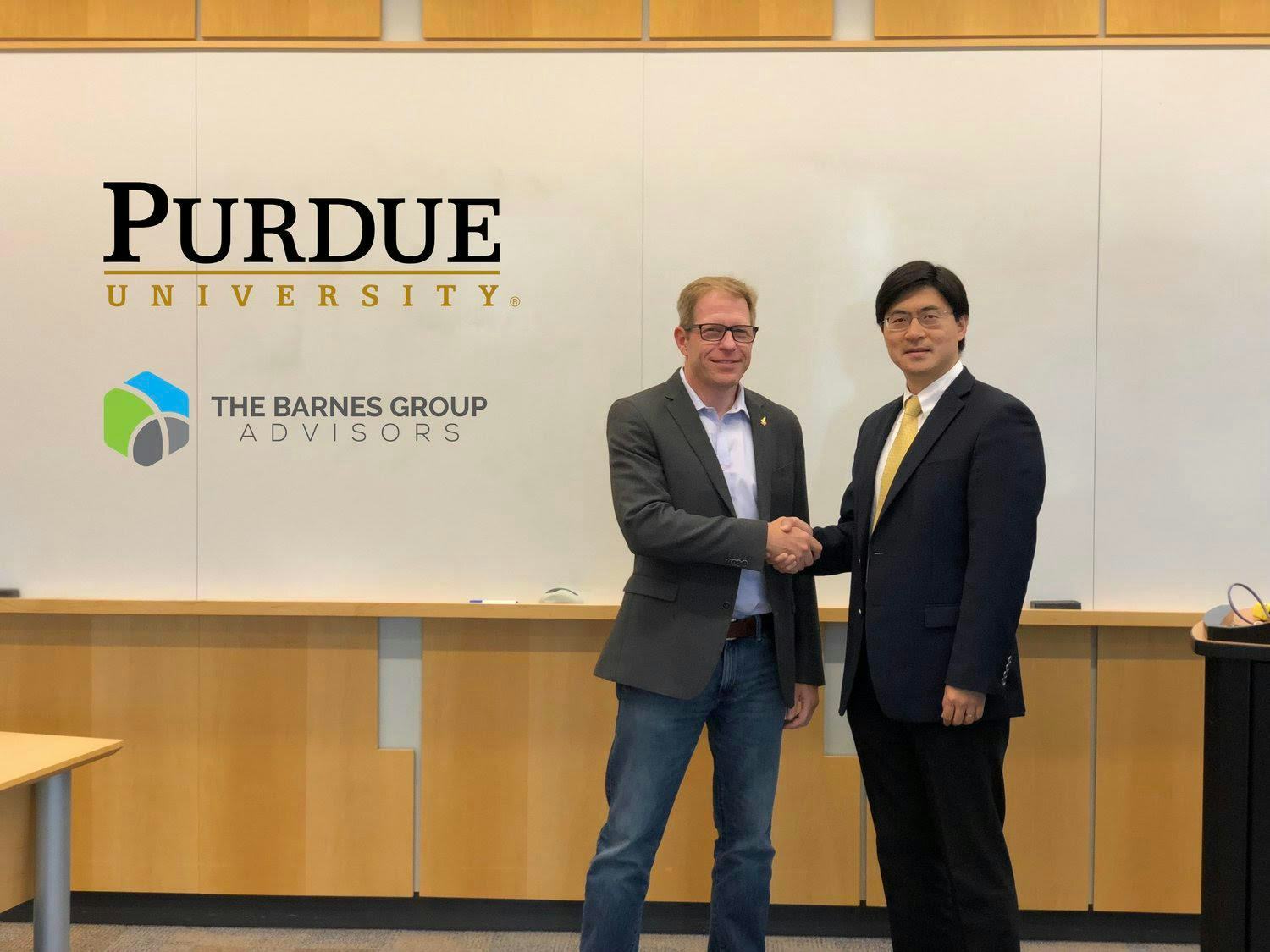
The Barnes Group has opened up an online training center at Purdue University. Image source: The Barnes Group Advisors.
What 3 things does someone need to know now when designing end-use parts for AM now?
I think they need to really know the process they are using and the feedstock. All of it, the entire process. Engineers need to understand the limitations of each step in the process including how their design software works to each manufacturing step. Just like we do for legacy manufacturing, we just take it for granted that design and analysis codes work for subtractive methods.
I personally believe in process economics. Match your technical capability with the ability to work a business case or value proposition. I like to say “trade it before you try it” simply meaning you can do a peer trade study before you ever design, fab or test something.
The last one is also boring. Requirements, requirements, requirements. Truly understand what requirements keep you on a healthy path. Access to education and training is easier than ever. Get some.
What would you do differently if you were entering the industry now?
I would hire a consultant *insert wink here*. Just kidding. On a more serious note, I’d develop a strong group of partners. Travel in numbers. These printers are complex and the machine supplier cannot know your specific requirements so it’s best to have a diverse team, whether they all wear the same badge or not.
Thinking back over your career, what were some of the things that you learned that shaped your views on how a company can be successful?
It is simple stuff but hard to do. Listening, being curious, being humble and being transparent about what success is. It can be scary to be transparent because you are putting yourself out there for people to throw stones and you will be wrong occasionally. Likely, your team will appreciate the sincerity and that you are trying to do the right thing. If they don’t, you’re not in the right place. I’ve always said, you can like your boss, like what to do or like where you live. One out of three is pretty good. All three and you probably work for yourself.
We’d like to thank John Barnes for taking the time to be interviewed as well as his team for providing images and answering subsequent questions. We can learn a lot from John’s insight and are looking forward to providing more industry expertise insight in the future. Stay tuned for more influencer thoughts in our blog this year.

nTop
nTop (formerly nTopology) was founded in 2015 with the belief that engineers’ ability to innovate shouldn’t be limited by their design software. Built on proprietary technologies that upend the constraints of traditional CAD software while integrating seamlessly into existing processes, nTop allows designers in every industry to create complex geometries, optimize instantaneously, and automate workflows to develop breakthrough 3D-printed parts in record time.
Related content
- VIDEO
Five ways to lightweight in nTop
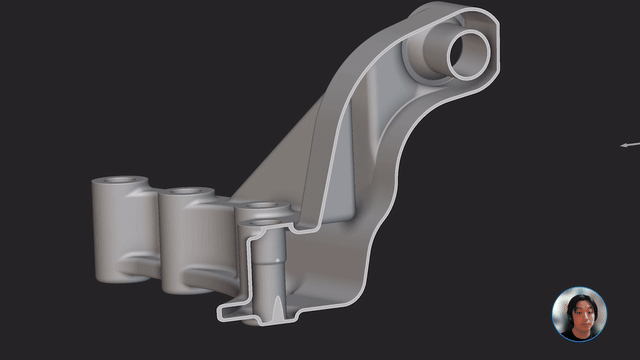
- VIDEO
Sneak peek into the nTop + Autodesk Fusion 360 integration
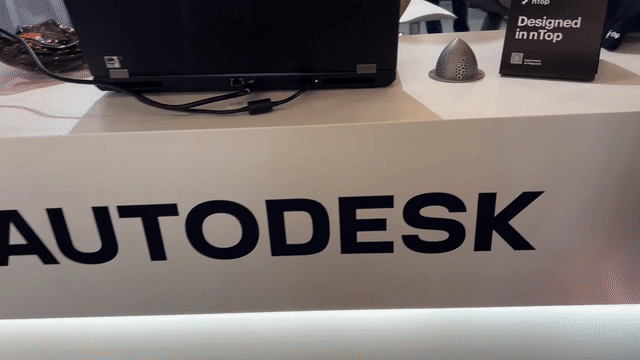
- ARTICLE
Optimizing thermal management with conformal cooling to extend operational life
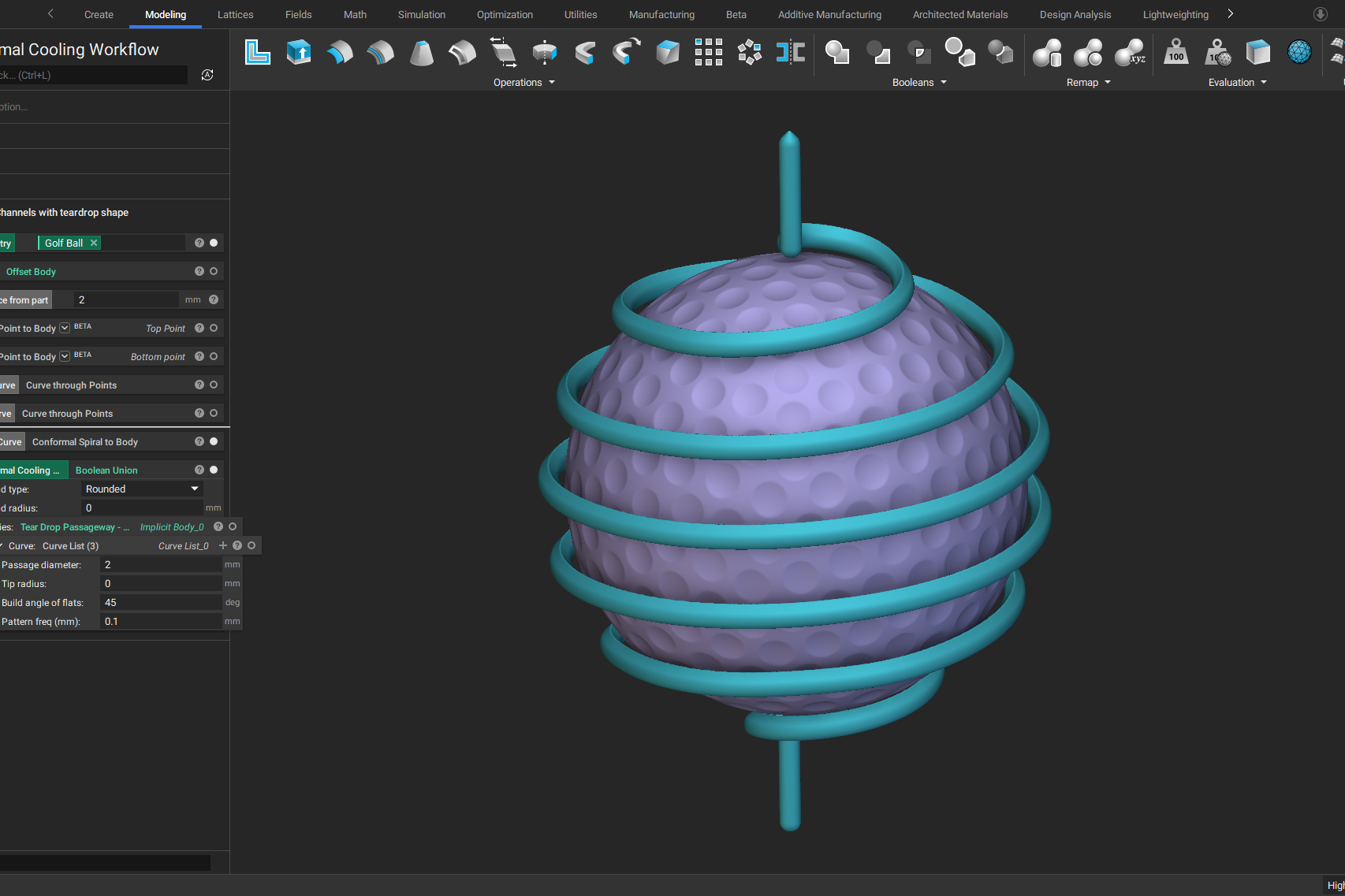
- ARTICLE
Advancing structural performance of aerospace heat exchangers
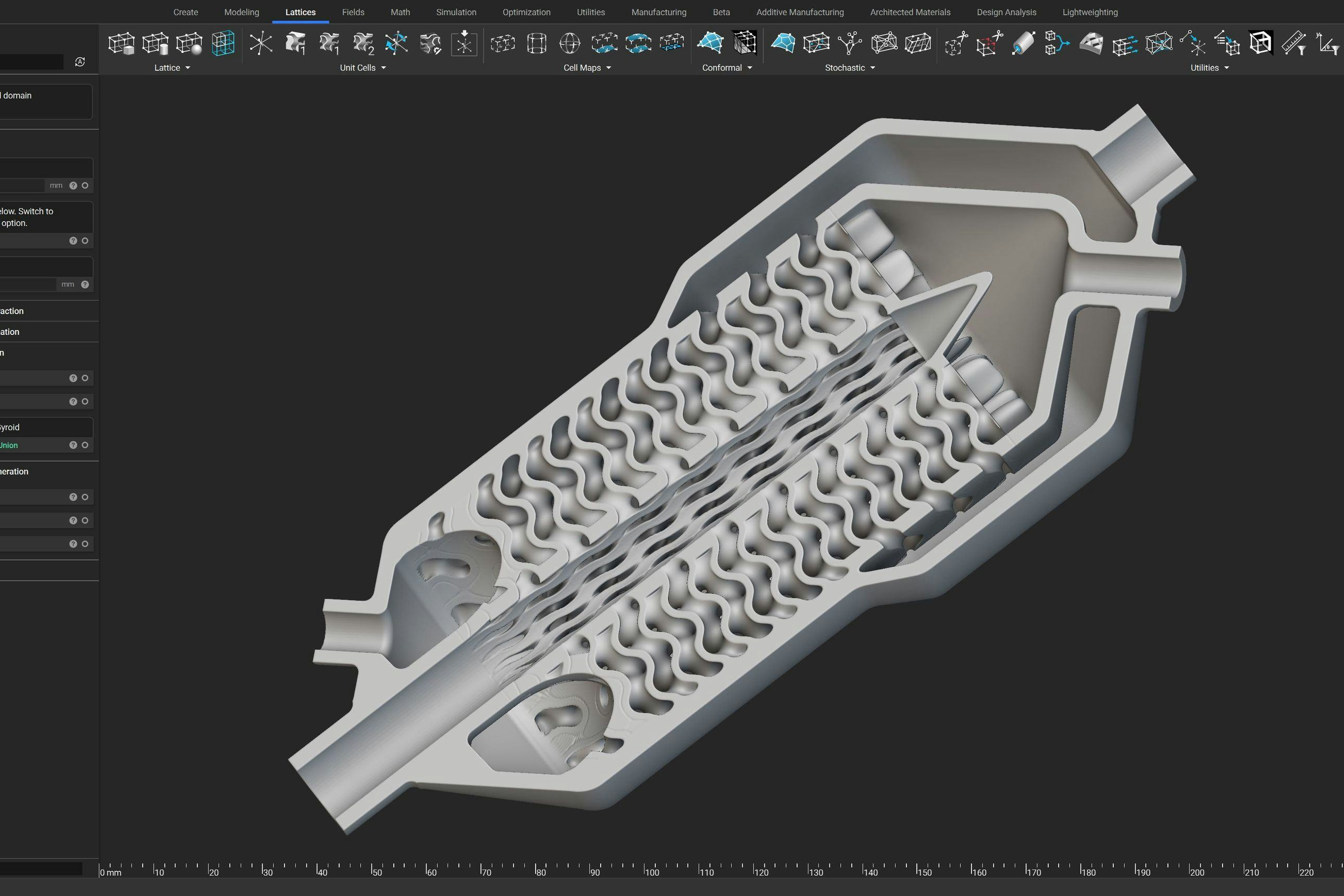
- VIDEO
Design a spooky Halloween candy bowl in nTop
